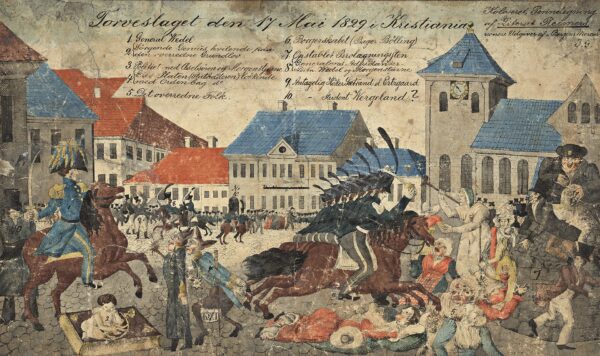Grown Up
The Great Northern War between the Swedish & the Danish and their coalitions would put Oslo in the eye of the storm when in 1716; the Swedish King Karl XII & his 10.000 troops entered Christiania & tried to take Akershus fortress. The 3.000 Norwegian troops managed to hold the fortress in six weeks of intense fighting & cause significant losses of men & materials to the Swedes who lacked the help of heavy siege cannons & were forced to retreat after looting & plundering the city.
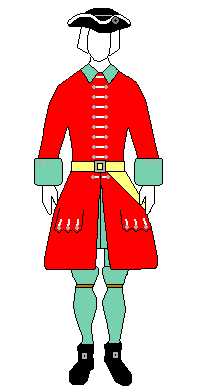

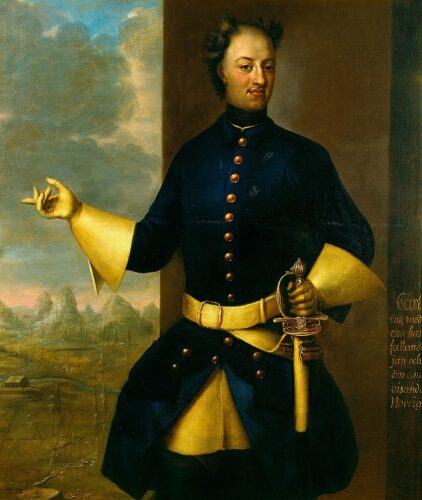
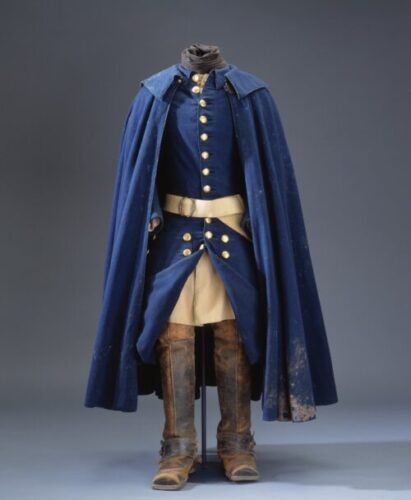
The war required ships & Oslo’s shipbuilding industry was already on track, however, it would thrive even more after the end of the war (1721), which found Norway on the winning side. Still, until the mid-18th century, Bergen was Norway’s most important city with a population of 14.000, double the size of Christiania & Oslo combined.
The end of the 18th century was the golden age for Oslo’s lumber & shipbuilding industries which in their turn helped the city become an important commercial hub and its port become busier than ever before. Increased business brought a betterment of living standards, the inauguration of the first public theatre, and the foundation of the first public library in the country.
Oslo’s full-hearted orientation towards the benign economics of commerce was reflected in the state of the Akershus fortress that fell into disrepair by the end of the century. Denmark’s abstention from warfare in the latter part of the 18th century which paved the way for the growth of the city’s economy would last until the dawn of the 19th century & the Napoleonic Wars.
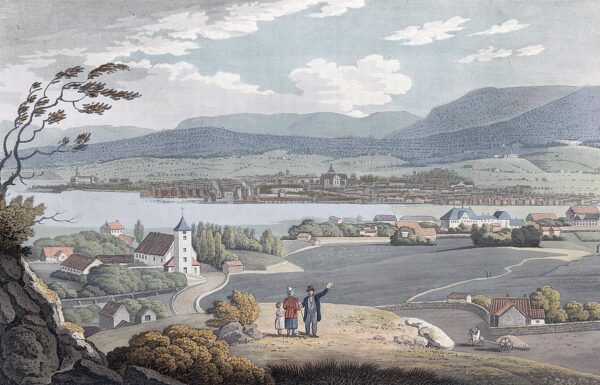
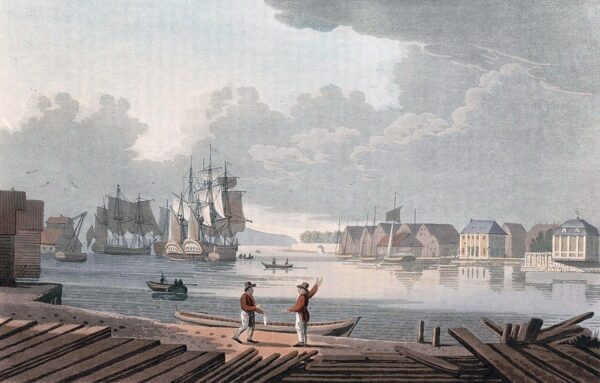
In 1807 Denmark enters the Napoleonic war on France’s side. That had an immediate & devastating effect on the Norwegian economy, with the British navy putting a stop to all commerce taking place through the sea, in the naval blockade of Norway that followed soon after.
The ruins of the Cistercian monastery on Hovedøya Island looted & destroyed during the Reformation years would be used as a quarry for a new cannon fortress that would protect the fjord against a possible British attack.
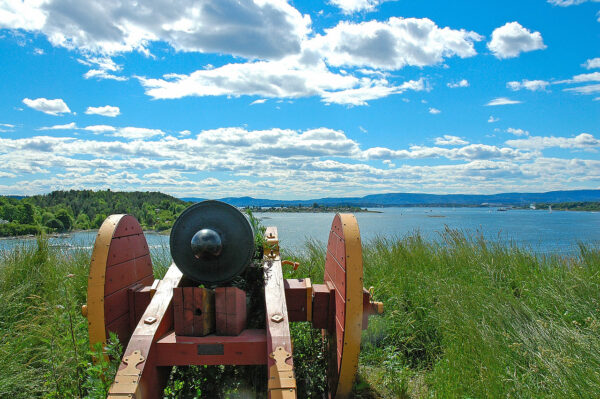
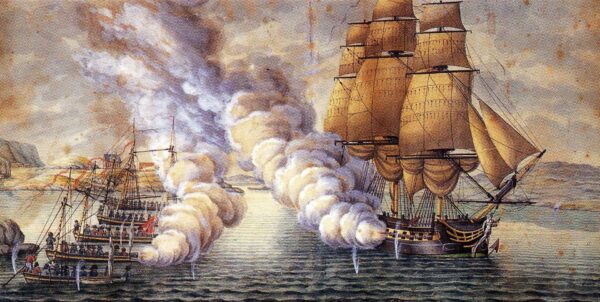
The British attack on Oslo was never realized & cannons could be of no real use in the matters of famine & hyperinflation that peaked during the years of war. Following the final defeat of Napoleon’s camp in 1814, Denmark was forced to cede Norway to Sweden, after a tight union that had lasted 417 years. Just before the end of the Danish-Norwegian union, the Danish King Frederik VI had finally been convinced that the creation of the first University in the kingdom would not encourage political separatist tendencies.
In 1813, The Royal Frederik’s University was founded in Christiania. One year later, Norway proclaimed independence. Even though the royal power and foreign affairs would be shared with Sweden, many of its institutions would retain some level of autonomy. The new university would play a key role in the formation of Norwegian political and cultural independence.
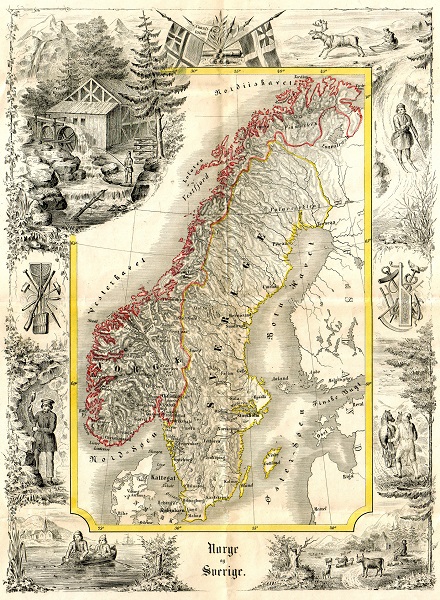
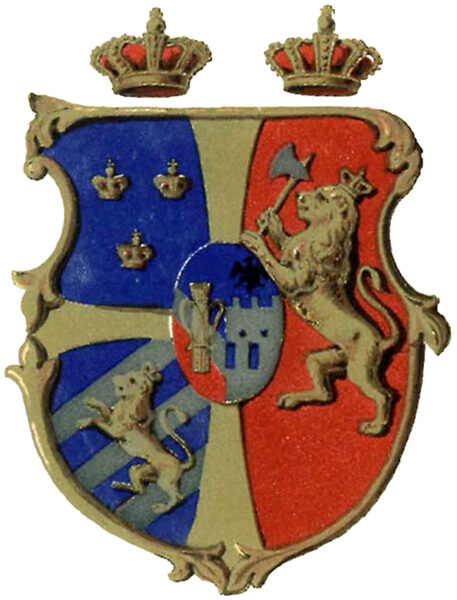
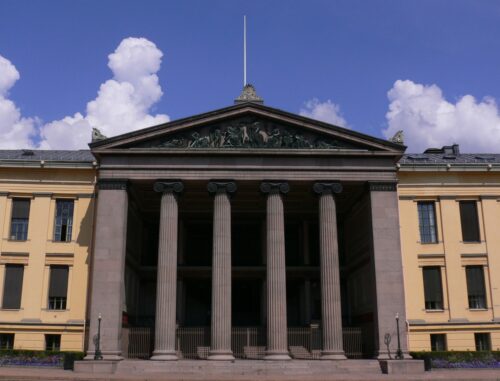
On May 17th of the same year (1814) the Norwegian assembly concludes the work on a Norwegian constitution which the Swedish are forced to accept in return for Norway’s consent on the personal union under one crown. Christiania would be the new capital of the Norwegian realm.
New monumental buildings such as the Royal Palace which started in 1825 & was completed in 1848, the Oslo Stock Exchange building completed in 1829, the Christiania Theatre which opened its doors in 1836, the neoclassical buildings of the University of Oslo (established in 1813) which were completed in 1851 & several other governmental & residential buildings transformed the capital’s façade which by the mid-19th century had surpassed Bergen in population.
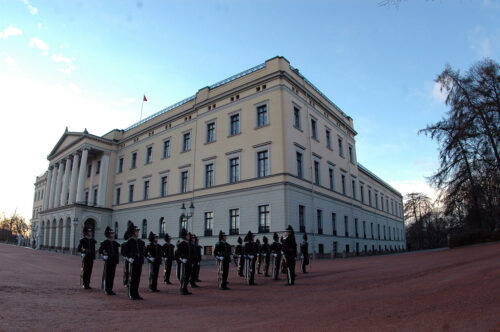
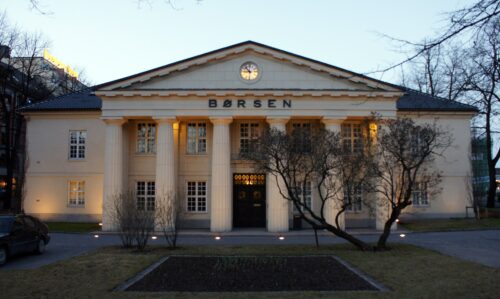
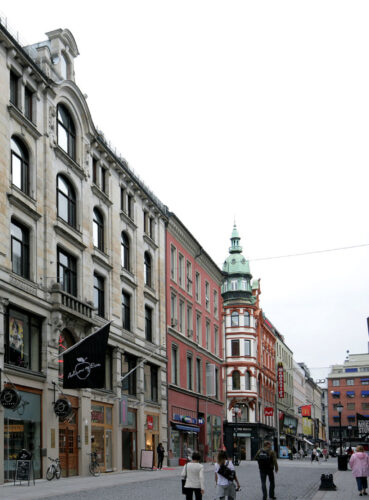
King Charles XIII of Sweden and later Charles XIV John of Sweden accepted the fact that their rule in Norway would not be in the form of an absolute monarchy but a constitutional one. That was a source of pride for the Norwegians who celebrated their autonomy on 17 May each year (The Constitution of Norway was signed on 17 May 1814). Charles XIV John was however not a very big fan of the celebrations so in 1828 he forbade them. That didn’t stop the Norwegians of Oslo from hitting the streets of the capital in 1829.
The first Norwegian steamship Constitutionen, which was used for passenger traffic between Christiania and Bergen was another source of national pride. When it arrived in Oslo on the day of the constitution, 17th of May 1829, the patriots of Oslo, who had flocked to greet the ship began singing national anthems and songs and then headed to the town square. The Swedish viceroy Baltzar von Platen ordered the guard to intervene and what followed is known as the Battle of the Square caused great indignation across Norway which forced Charles XIV John to take back the prohibition of the annual celebrations.

